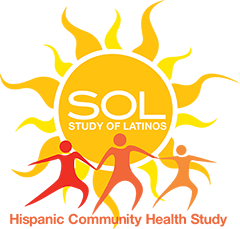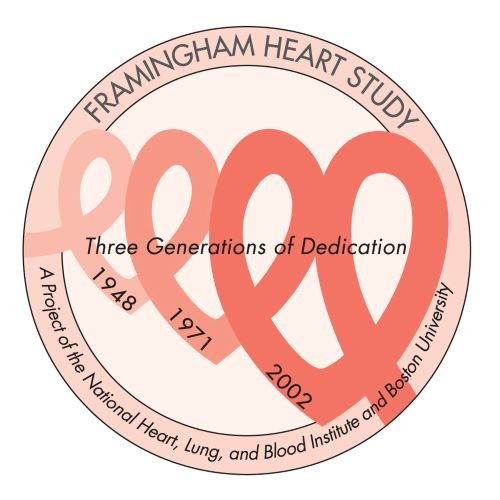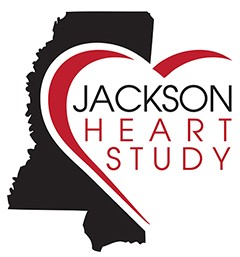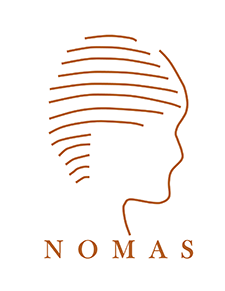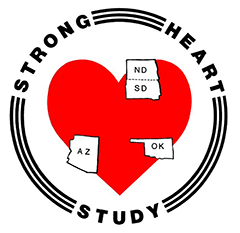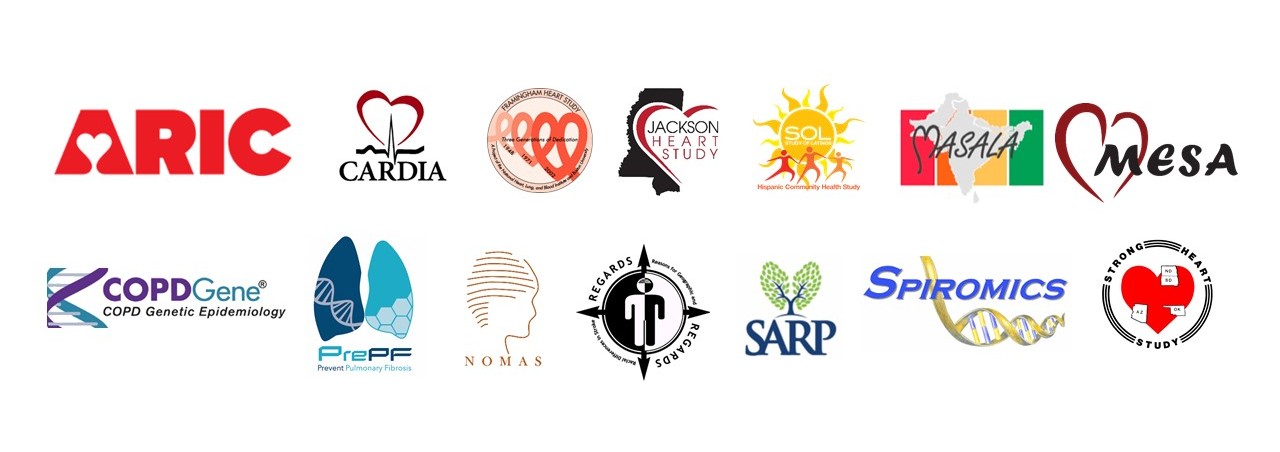
Which cohorts are collaborating in C4R?
Fourteen NIH-funded cohorts are collaborating in C4R, including:
The Atherosclerosis Risk in Communities (ARIC) study began in the mid 1980s with the initial aims being to describe the presence of subclinical atherosclerosis, the progression of atherosclerosis to clinical cardiovascular disease (CVD), and the association of novel risk factors with CVD. ARIC recruited its cohort of men and women aged 45-64 in 1987-89 from four communities (Forsyth County, NC; Jackson, MS; suburban Minneapolis, MN; and Washington County, MD). As of 2020, ARIC counts over 6,000 participants.
The Coronary Artery Risk Development in Young Adults (CARDIA) Study is a study examining the development and determinants of clinical and subclinical cardiovascular disease (CVD) and their risk factors. It began in 1985-6 with a group of 5115 black and white men and women aged 18-30 years from four centers (Birmingham, AL; Chicago, IL; Minneapolis, MN; and Oakland, CA).
The Genetic Epidemiology of COPD (COPDGene) study is a non-interventional, multicenter, longitudinal, case-control study at 21 US sites of smokers with a ≥10 pack-year history of smoking, with and without COPD, and healthy never smokers. The initial goal was to characterize disease-related phenotypes and explore associations with susceptibility genes.
Hispanic Community Health Study/Study of Latinos (HCHS/SOL) is an ongoing population based prospective cohort study of 16,415 community dwelling Hispanic/Latino adults aged 18-74 years at baseline, recruited from four urban field centers with large populations of Hispanics/ Latinos (Bronx, NY; Chicago, IL; Miami, FL; and San Diego, CA). The primary goals of the HCHS/SOL are to describe: (1) the prevalence and incidence of cardiovascular, pulmonary, and other major chronic conditions (2) the risk and/or protective factors associated with these conditions; and (3) the relationships between the initial sociodemographic and health profiles and future health events in the target population.
The Framingham Heart Study (FHS) is a joint project of the National Heart, Lung, and Blood Institute, and Boston University. Starting in 1948, FHS has followed three generations of participants, and has been committed to identifying the common factors or characteristics that contribute to cardiovascular disease (CVD).
Jackson Heart Study (JHS) is a community-based cohort study evaluating the etiology of cardiovascular, renal, and respiratory diseases among African Americans residing in the three counties (Hinds, Madison, and Rankin) that make up the Jackson, Mississippi metropolitan area. This cohort enrolled 5,306 participants between 35 and 84 years of age in 2000-2004.
The Mediators of Atherosclerosis in South Asians Living in America (MASALA) study is a prospective cohort of South Asians that aims to identify risk factors for heart disease in a large, growing Asian American subgroup. MASALA enrolled 906 South Asians in 2010-2013 and then added a new wave of 258 South Asian participants from 2017-2018, for a full cohort size of 1,164.
The Multi-Ethnic Study of Atherosclerosis (MESA) is a study of the characteristics of subclinical cardiovascular disease (CVD) and the risk factors that predict progression to clinically overt CVD or progression of the subclinical disease. MESA researchers study a diverse, population-based sample of 6,814 asymptomatic men and women aged 45-84. Participants were recruited from six field centers across the United States: Wake Forest University, Columbia University, Johns Hopkins University, University of Minnesota, Northwestern University and University of California - Los Angeles.
The Northern Manhattan Study (NOMAS) is a study of the population of Washington Heights in Northern Manhattan. The ongoing study, which began in 1990, has enrolled over 4,400 people, some of whom have suffered a stroke or related neurological syndromes. As the cohort aged, the specific aims grew to include not only vascular determinants of stroke but also cognitive decline, mild cognitive impairment (MCI) and dementia. The overall goal of NOMAS is to investigate stroke risk factors in different race-ethnic groups. NOMAS is also committed to developing better stroke prevention programs to improve the health of the community. The Hispanic population in Northern Manhattan is largely Dominican, along with Puerto Rican, Cuban, and Central and South American components.
Prevent Pulmonary Fibrosis (PrePF) has been investigating the clinical, physiologic and genetic phenotypes of interstitial lung disease (ILD) by focusing on families with two or more cases of ILD and individuals with sporadic IPF. It has recruited over 1200 families with two or more cases of pulmonary fibrosis. These families with pulmonary fibrosis include 2837 individuals with probable or definite idiopathic interstitial pneumonia (IIP) and 2404 unaffected FDRs. In addition, PrePF recruited over 10,000 individuals with sporadic idiopathic pulmonary fibrosis (IPF).
The REasons for Geographic and Racial Differences in Stroke (REGARDS) cohort is one of the nation’s largest, most comprehensive population-based cohorts, and it uses innovative home- and telephone-based data collection. REGARDS centrally recruited and initially examined 30,239 Black and White men and women aged ≥45 years in 2003-7 to understand why Southerners and Black Americans have a higher incidence of stroke and related diseases that affect brain health.
The Subpopulations and Intermediate Outcome Measures in COPD Study (SPIROMICS) is a multi-center, observational, longitudinal case-control study designed to guide future development of therapies for COPD. SPIROMICS has recruited 2,983 COPD cases and controls, 40-80 years old with 20+ pack-years of smoking at 12 US sites in 2010–2015
Strong Heart Study was designed to respond to the recommendations from the Subcommittee on Cardiovascular and Cerebrovascular Disease of the Secretary of Health and Human Service’s Task Force on Black and Minority Health that concluded that information on cardiovascular disease (CVD) in American Indians was inadequate. In 1984, the study initiated recruitment of 4500 tribal members aged 35-74 years who were residing in Arizona, North Dakota, South Dakotas, and Oklahoma, and examinations and surveillance are ongoing. The study aims include to better understand cardiovascular disease, cancer, liver disease, and inflammation in American Indians.




